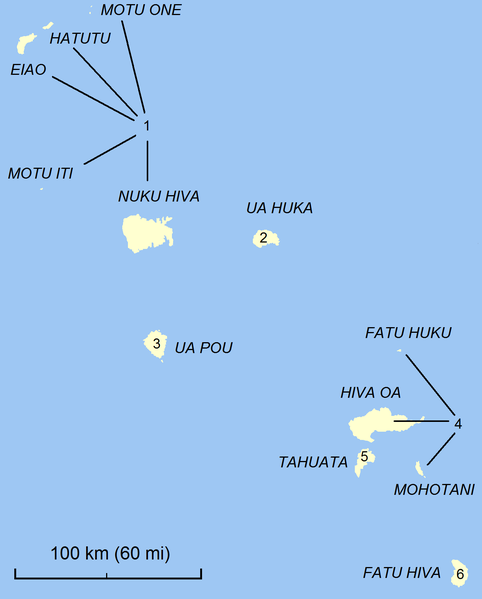

June 10, 2010
Despite her smaller size compared to the rest of the cruising community, Io seems to earn praises from many sailors. She is strong and performs well and I happen to be quite proud of her. Compared to other 30-footers, she provides standing head room for Mike. She is designed smartly for sailing conditions. When it comes to lounging and entertaining guests, however, she has her limits. It seems like the equivalent of owning a two-seater hatchback sports car and suggesting a car camping road trip for four people. Well, that's pretty much what we did. Yes, it would be nice to offer a separate state room for guests, but what can you do? Forego seeing friends due to space? No.
Our friends have come and gone already. During their 13 days aboard, I believe our friends sampled the highs and lows of cruising.
For example, one day in mill pond calm seas, the day was packed with snorkeling activities and watching underwater life unfold before our eyes. It was so hot that we wished for a bit of a breeze. But the next day, winds increased and kicked up choppy seas, and we bucked wildly and uncomfortably. The wind shift put us on the windward side of the shore, so the task of the day was to move to a safer anchorage.
Starry night, starry night, we listened to Neil Young and chatted in the cockpit. It was the perfect night breeze. The same night, rain squalls came every two hours. Kevin had to move from sleeping outside to the hottest bunk inside the cabin - with windows closed. The sound of chain grinding on the coral head below kept me awake at night and made my toe nails curl up.
Snorkeling in the south pass of Fakarava was the most memorable experience. Our friends saw no such corals like that in Hawaii. I heard of the corals in Rangiroa dying. Are all corals destined for the same ending? I sincerely hope not. We hung out with our cruising friends, Totem, Mulan, Oso Blanco, Capaz, and met some new families. One night we all gathered aboard Oso and had "Oso-Bio 102", a talk on biological diversity put together by Mike. The audience: age 6 to 60. We also had an inaugural ceremony for the Strawberry Monkey Yacht Club. Good friends, good laughs, and good memories.
One memorable experience was taking our friends to the airport in Fakarava. About 1.8nm to NW from the town, we tied our lines at the small dock, right in front of the airport, walked 50m to the airport and said good-bye to our friends. In a way, we envied them for being able to hop on a plane, and within hours, be in a place with unlimited showers and fruits. It will take us several days to reach Tahiti. Oh well, that's how it goes!





















